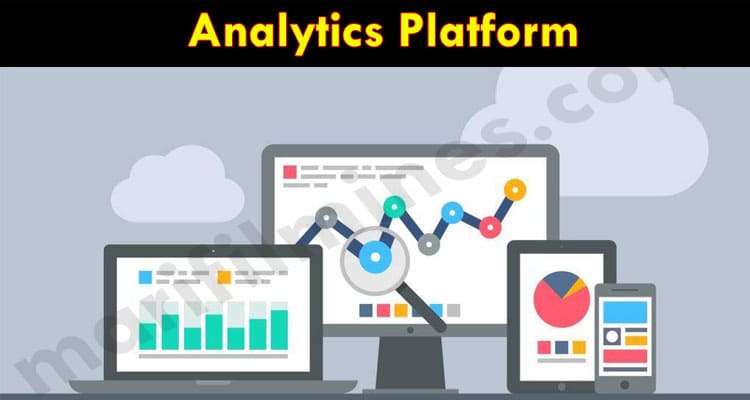Analytics is a massive, and growing, industry. It’s predicted that worldwide revenue from data and business analytics tools will reach $274 billion in 2022, more than double where it was in 2016. Enterprises everywhere are realizing data analysis is essential to staying competitive in today’s business world. Here’s what you need to know about deploying an analytics platform.
Understand Your Analytics Goals
Before you go out and purchase or deploy any data analytics platforms, you need to gain a solid understanding of your business objectives surrounding analytics. Just about every organization can benefit in some way from deploying analytics. But that doesn’t mean this process should be approached with the care of a machete, when it often requires the precision of a scalpel.
There are lots of different data analytics platforms available today. While there’s certainly overlap between many of them, they also come with quite a few differences. You won’t know what platform is best for your business needs until you actually define those needs through the lens of analytics.
Once you’ve gotten a solid grasp of how you want to use analytics right away—as well as in the near future—you can narrow down your platform choices.
Search for Platforms That Conform with Your Needs
Just because an analytics platform can do all the things you want doesn’t mean it’s the right choice for your organization. One obvious example of this is when healthcare groups determine the data analytics platform for their operations.
Considerations that would be trivial for other businesses can be existential for healthcare enterprises. There are a few reasons for this, but these are two of the most important:
- Healthcare is often a matter of life and death. When the stakes are so high, you need to guarantee the consistency and accuracy of an analytics platform.
- With so much sensitive data in healthcare, combined with the ever-present risk of data loss, analytics platforms have to be compliant with all regulations.
Beyond these two critical elements, healthcare is an industry ripe with data. Therefore, organizations have lots of ammunition for running analyses. Looking for artificial intelligence-powered data analytics can push the limits of what can be done with analysis. This is especially true when you need data tools that can quickly spot anomalies, which can be life-saving in the healthcare world.
Take the Time to Set Things Up Right
No matter the analytics platform you ultimately choose for your organization, it’s essential you take the time to set it up the right way. While many applications and platforms will be mostly ready to roll in terms of functionality, there are some other preliminary elements that need to be ironed out before you start working with data.
Data modeling is one step that shouldn’t be ignored when you’re deploying a new analytics platform. This is the process of defining data terms, and also the structure for how information will interact in the analytics process. The quality of your data model can affect the accuracy of results, as well as the functionality of applications. It’s imperative you take time to do this well when deploying a new analytics platform.
Beyond this, it’s also essential to train people on how to use the new platform. Thankfully, many modern analytics platforms are incredibly intuitive—even for those with little to no data experience. Still, you’ll want to give everyone guidance and create best practices to get the most from your data analytics.
Build a Corporate Culture Around Analytics
Deploying new analytics technologies is an ideal opportunity to work on building a corporate data culture. While this might sound overly futuristic, the ramifications of this concept are based in the here and now.
Building a data culture is about creating an environment where hard information takes precedence over hunches or opinions. In a data-driven culture, quantifiable answers reign supreme. Organizations that can foster this concept will have a leg up against competitors relying on outdated or irrational ideas.
There’s a lot that goes into deploying an analytics platform. Before you rush into it, make sure you understand all the different elements required to make your new analytics endeavor a success.

